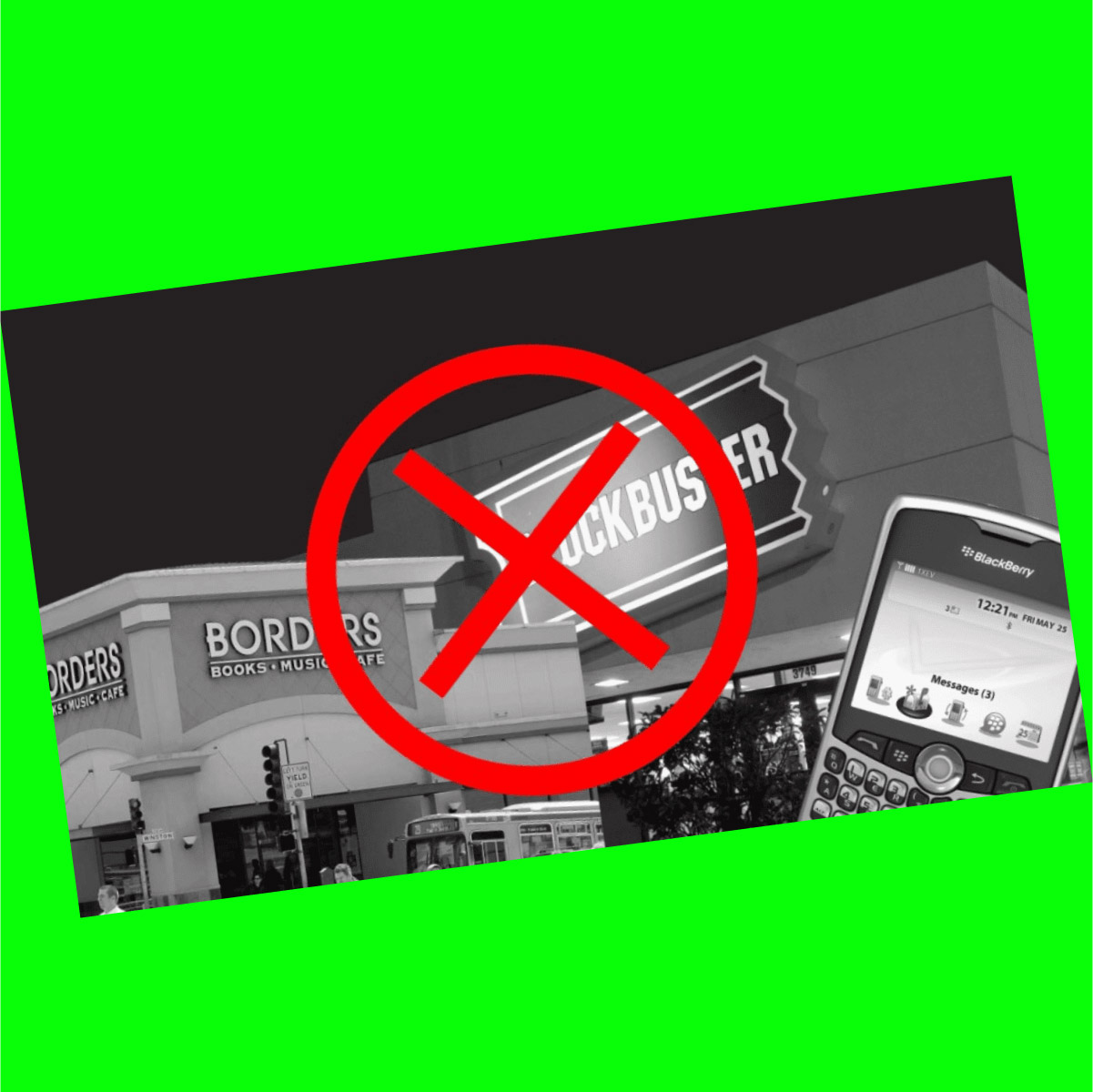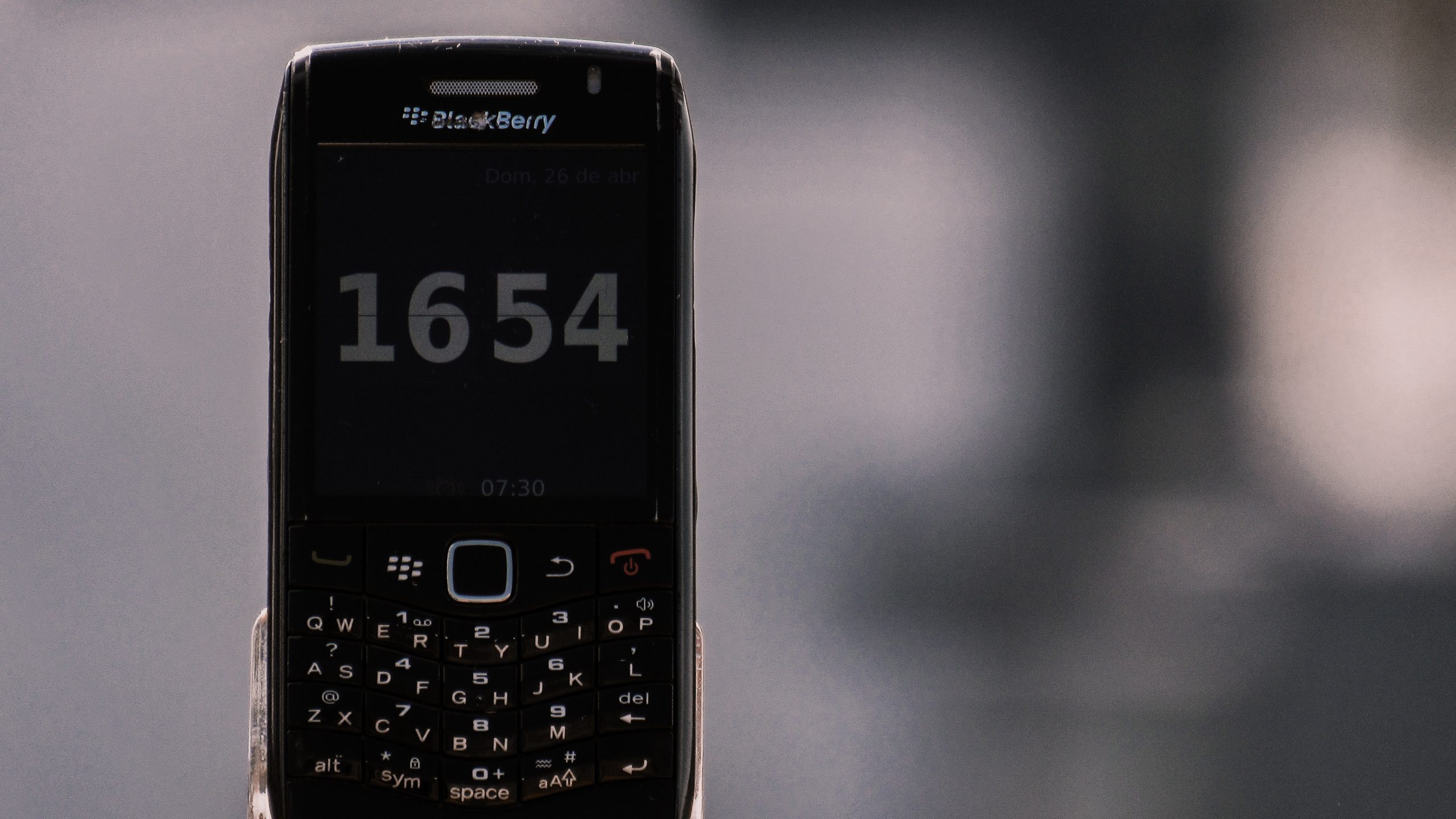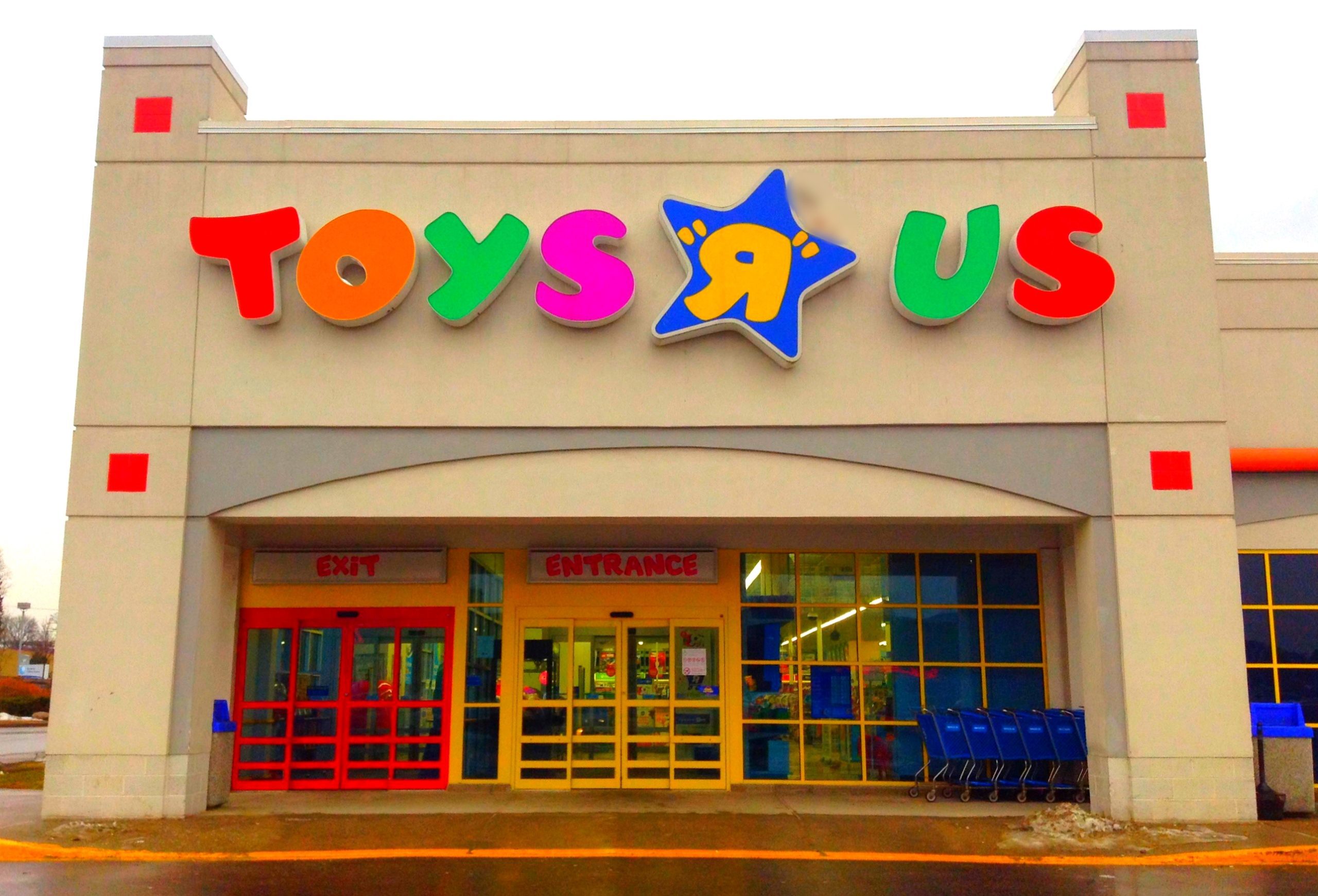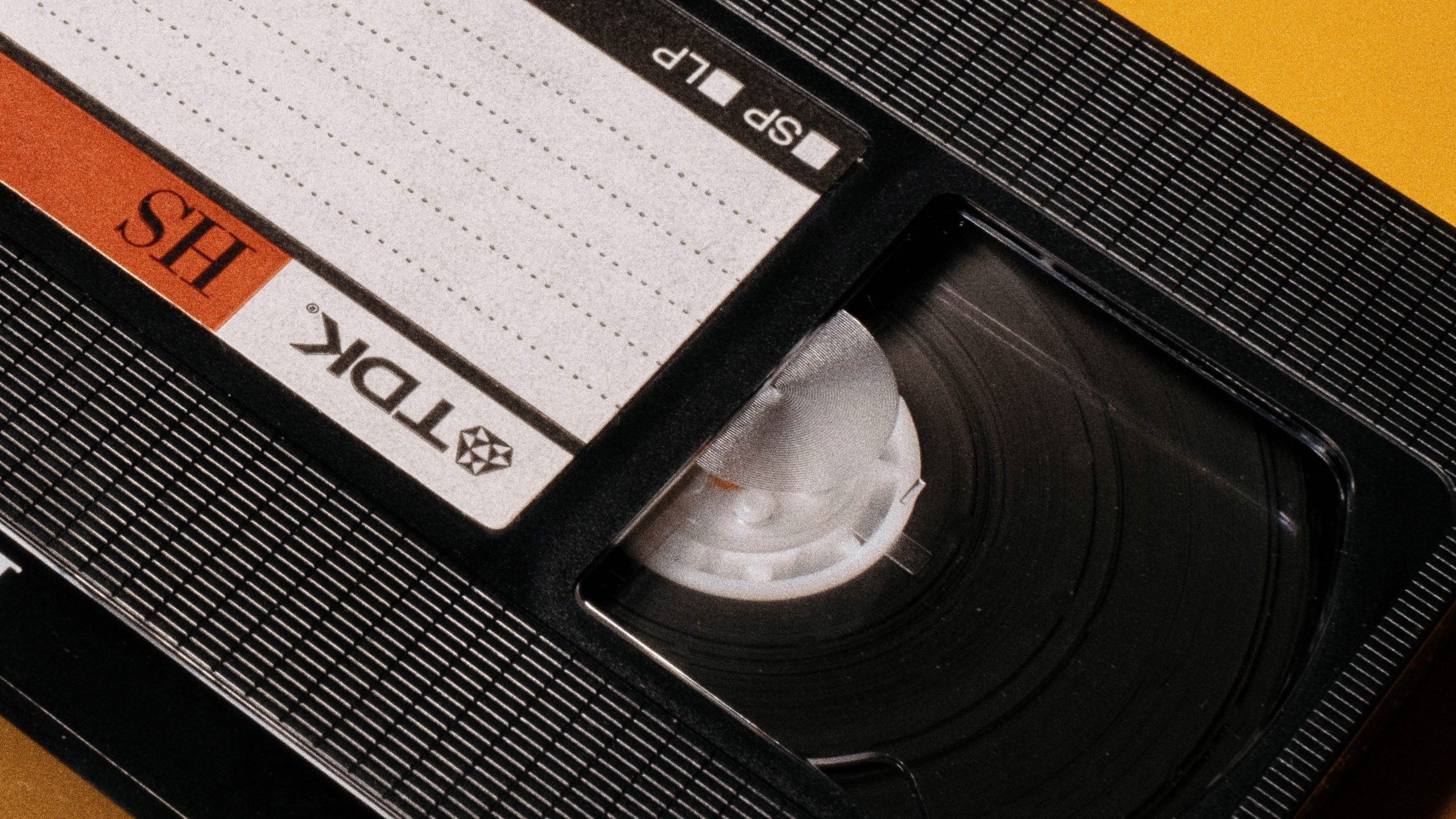Brands That Failed to Innovate – and What You Can Learn From Them

Brands That Failed to Innovate – and What You Can Learn From Them
Index

Why Blockbuster Failed
Founded in 1985 as a single store in Dallas, Texas, Blockbuster exploded to become a home video and video game rental behemoth with thousands of shopfronts worldwide. Much is made of Blockbuster’s decision to knock back an offer to buy Netflix in 2000 as the catalyst for its downfall, but that argument misses the mark. Yes, with hindsight, acquiring Netflix would’ve nullified the threat that eventually emerged and instead turned Blockbuster into a juggernaut. But the deal didn’t make commercial sense at the time.
Bigger failings on Blockbuster’s part were its inability to embrace the online landscape coupled with a flawed business model. And the two factors combined to create chaos. As the company grew, Blockbuster found itself heavily reliant on an income stream that penalised its customers: imposing fees for late rental returns. Clearly, being dependent on a source of cash that creates customer irritation is a recipe for disaster (for the record, late fees reaped Blockbuster hundreds of millions of dollars each year).
As the threat of disruptive competitors grew, notably Netflix, and realising that it needed to make a digital transition to keep pace, Blockbuster bigwigs warred with themselves as to how to proceed. While weighing up profitability versus consumer sentiment re: late fees – further delaying overdue and critical investment in a digital platform – Netflix was continuing on its merry way.
We all know how this movie ends: Blockbuster went bankrupt and Netflix is a force in the home entertainment industry.

Why BlackBerry Failed
We featured BlackBerry in an article detailing obsolete tech, and the company often gets a mention in conversations about brands that failed to innovate. The Canadian business was a pioneer of smartphones and related devices, with its first product hitting the shelves in 1999. These devices were insanely popular, revered for their market-leading functionality such as email on the go and instant messaging backed by dependable security features.
To demonstrate its dominance, BlackBerry had a whopping 85 million subscribers worldwide in the early 2010s. But competition was rife at this stage – the Apple iPhone had entered the market several years earlier – and the brand subsequently made several poor decisions. Most notably, BlackBerry was too narrow in its focus, fixated on its existing customer base of tech-savvy professionals rather than eyeing emerging audiences and even the average punter.
Consequently, BlackBerry didn’t view Apple and other smartphone makers as true competitors. It believed that while its captivated audience was somewhat niche, it was significant. And loyal. While competitor products adopted new and improved features that surpassed the BlackBerry’s capabilities – including touch-screen technology – BlackBerry failed to innovate enough, even stubbornly persisting with an outdated keyboard design.
Worse yet, it remained glued to an operating system that was inferior to the emerging iOS and Android platforms. Suddenly, that captivated and loyal audience wasn’t so captivated and loyal anymore. BlackBerry’s stagnancy and lack of foresight contributed to one of the biggest declines in the modern tech world. Meanwhile, Apple and co. continue to roll on.

Why Borders Failed
What is it with organisations starting with the letter B that failed to innovate?! Beginning as an independent used bookstore in Ann Arbor, Michigan in 1971, Borders expanded exponentially to incorporate hundreds of stores across the globe. But its tale of triumph was followed by several chapters underpinned by questionable decision making. Firstly, the brand arrived far too late to the online world (so cliche).
And then as online book sales grew, Borders inexplicably invested more funds in physical stores and outsourced its online sales to Amazon. Yep, it gave its biggest competitor an even bigger advantage. Additionally, Borders failed to foresee the rise of e-books, allowing competitors to waltz in and steal a significant slice of its customer base.
Adding to the blunders, its expansion into the music retail space led to an overinvestment in CD sales at a time when the world was embracing portable media players. Not only was Borders a leading example of a brand that failed to innovate, it appeared largely oblivious to progression at all.
Unsurprisingly, there was no happy ending for the bookshop chain. The last of its stores closed in 2011.

Why Toys R Us Failed
Tracing its origins to 1948, the iconic US big-box brand grew from a single shop to having almost 1500 locations across the globe – once controlling 25 percent of the world’s toy market. So, what stuffed Toys R Us? Well, that old chestnut of ‘adapting too slowly to the online space’ rears its ugly head once again. And like Borders, Toys R Us struck up a fatal friendship with Amazon – although this relationship became very messy.
The pair signed a deal in 2000 in which Toys R Us exclusively sold its toys on Amazon’s platform, forking out $50 million annually and a percentage of sales for the privilege. While the partnership was financially successful for both parties – even if it meant that Toys R Us was diverting all online traffic Amazon’s way and continuing, perilously, to do nothing about its own digital presence – the younger of the two businesses had the upper hand.
The heavy online traffic prompted Amazon to expand its toy offering, which included selling products offered by Toys R Us’ competitors. Toys R Us successfully sued Amazon for this act, recouping funds and allowing it to terminate the existing deal. But the decades-old toy retailer had simply won the battle and not the war. Amazon had a clear advantage in the booming ecommerce space and it would prove instrumental to Toys R Us’ downfall.
But Amazon can’t take all the blame – or the credit – for the decline. Toys R Us’ story is littered with examples of mismanagement, poor strategic thinking, and complacency or, worse yet, arrogance. The company ceased operations in 2018. Although it’s since been resurrected, Toys R Us has rightly earned its place in discussions about brands that failed to innovate.

Why Sony Failed
You might be surprised to see this name on the list – particularly as it’s still going strongly. The reason the high-profile Japanese company is associated with brands that failed to innovate owes to one of its most infamous products: Betamax. During the late 1970s and early 80s, videocassette recorders (VCRs) were all the rage – enabling consumers to record TV programs and rent or buy pre-recorded movies.
Fuelling the hype were two competing videocassette formats, or tapes, which were engaged in a well-publicised ‘format war’ that lasted for years: Sony’s Betamax and JVC’s VHS. Betamax had a two-year head start on its rival – 1975 v 1977 – and instantly captured consumers’ attention for its groundbreaking technology. But as competition arrived, Sony made several critical mistakes.
Notably, its technology was very insular, while JVC allowed VHS to be distributed as ‘open-source’ tech that other manufacturers could latch on to and expand further. More tellingly, Betamax misread the perception of its product offering. While it did innovate to deliver superior tech compared to VHS – in essence justifying its format’s higher price tag – the difference in quality was barely noticeable to the everyday consumer.
What was noticeable, though, was the cost variance between the competing products – and JVC’s undercutting paid dividends. As the war heated up, Betamax made another crucial mistake – this one failing to account for consumer habits and expectations. In evolving its tech, Sony created Betamax tapes that were more compact than their bulkier rivals but which only allowed a one-hour recording time. Meanwhile, VHS tapes enabled two hours of recording time.
This difference was significant, considering the average length of movies and sporting events. Unsurprisingly consumers further gravitated towards VHS, preferring the format for its price and convenience. Sadly for Betamax, there was no coming back. Nokia, Xerox, Polaroid – the list of brands that failed to innovate goes on. And they likely won’t be the last…

What Can You Learn From Brands That Failed to Innovate?
While all these featured brands were once massive multinationals, their stories create tangible learnings for businesses of all shapes and sizes. Market disruptors, emerging technologies, and changing consumer needs and behaviours all have the potential to impact brands ranging from accountants to mechanics. Key takeaways from the examples above include:
Avoid Complacency
When business is booming, it’s easy to get ahead of yourself. But being too comfortable can be perilous. Sure – forecasting major technological advancements, global pandemics, and other significant activity is tough to near-impossible. Predicting major shifts in consumer behaviour is also challenging, particularly so for smaller businesses.
However, simple actions like identifying and acknowledging competitors and actively monitoring their activity – even something as effortless as tracking their online presence – can help to keep you at the top of your game. These actions provide insights into competitor strengths and weaknesses – and yours – and help to pinpoint opportunities and curtail threats. Additionally, they enable you to react quickly to changes where necessary.
You’ll often hear sports coaches and players use terminology about showing respect for their opponents, in part to safeguard against complacency. It’s as applicable in the business world as it is in the sporting landscape.

Diversify Revenue Streams
Clearly, there is no one-size-fits-all approach to business, so this is not necessarily applicable to all brands. In saying that, being reliant on one income source – or an unpopular and unsustainable stream in Blockbuster’s case – can be limiting at best and damaging at worst.
The covid-induced global pandemic reminded us all of the unpredictable nature of the world. But it also highlighted the creativity and adaptability of brands across the globe to innovate and generate alternative income streams to stay afloat and even thrive.
Diversify Your Audience
Catering to a niche audience certainly has upsides – creating a point of difference or filling a gap in the market helps to stand out and grow loyalty. But Blackberry demonstrated how a too-narrow focus has the ability to derail even the strongest of brands.
Before diversifying your audience, though, it’s worth spending time to truly understand your existing customer base: what it wants and needs, why it’s loyal to you, and what actions or inactions could potentially trigger a shift away from your brand.

Don’t Rely Too Much on Others
Sure, forming and maintaining sound working relationships with partners and other stakeholders is an excellent way to do business. But depending too heavily on third parties has its pitfalls. Interests change. Strategies alter. Deals are broken. Companies collapse.
Ensuring your business is designed to stand on its own two feet is critical. At the very least, brands should avoid taking a leaf out of Toys R Us’ or Borders’ book and handing competitors an advantage on a plate.
Adapt, Adapt, Adapt
From day dot, identifying and exploiting your business’ unique selling point (USP) is vital to success. Understanding what you do better than anyone else – and milking it – can give you a huge advantage over your competitors. Yet it’s also important to be mindful that your competitive advantage might only be the best for so long – something each of these featured brands learned the hard way.
The faster you react to changing market trends and consumer behaviours and demands, the more likely it is that you can maintain your edge. In an unpredictable and often cutthroat world, businesses must be prepared to evolve and be equipped to do so.